QuickBooks® Request for Payment Invoicing
The Best Solution for Payment Processing in QuickBooks®
Today Payments is an Authorized Reseller of Intuit offering a highly robust app that supports both QuickBooks’ desktop and online customers, provide merchants with the tools they need so they can focus more time on their customers and businesses, and less time on data entry.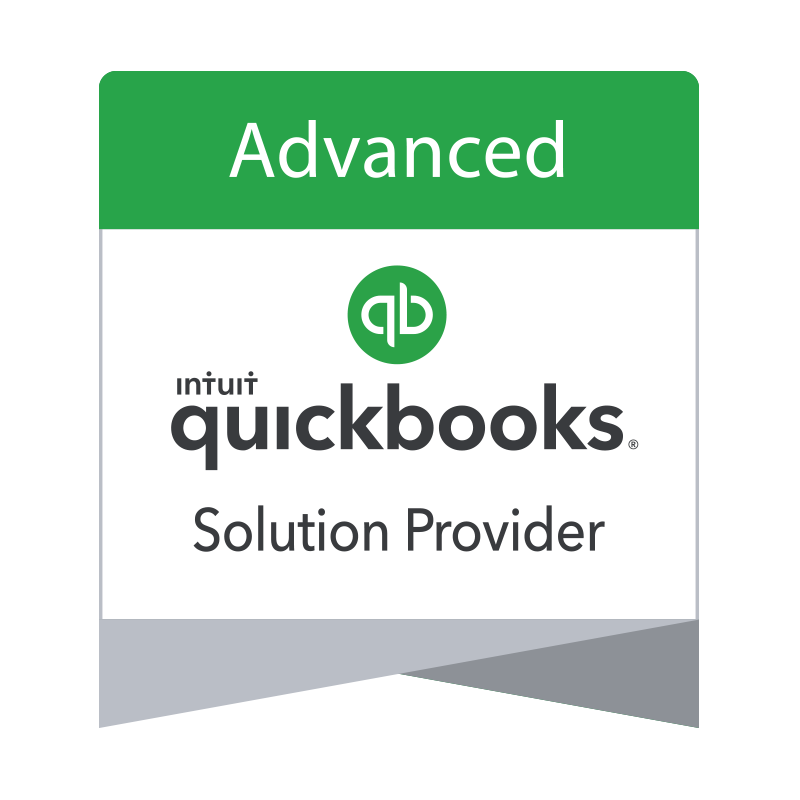 "Our Integrated payment solutions can save a typical small business owner more than 180 hours each year"
"Our Integrated payment solutions can save a typical small business owner more than 180 hours each year"See
the features
QuickBooks® ACH, Cards, FedNow and Real-Time Payments
- Payment processing for all QuickBooks desktop, Pro, Premier, Enterprise and also QBO QuickBooks Online Our software is designed for simplicity and ease-of-use.
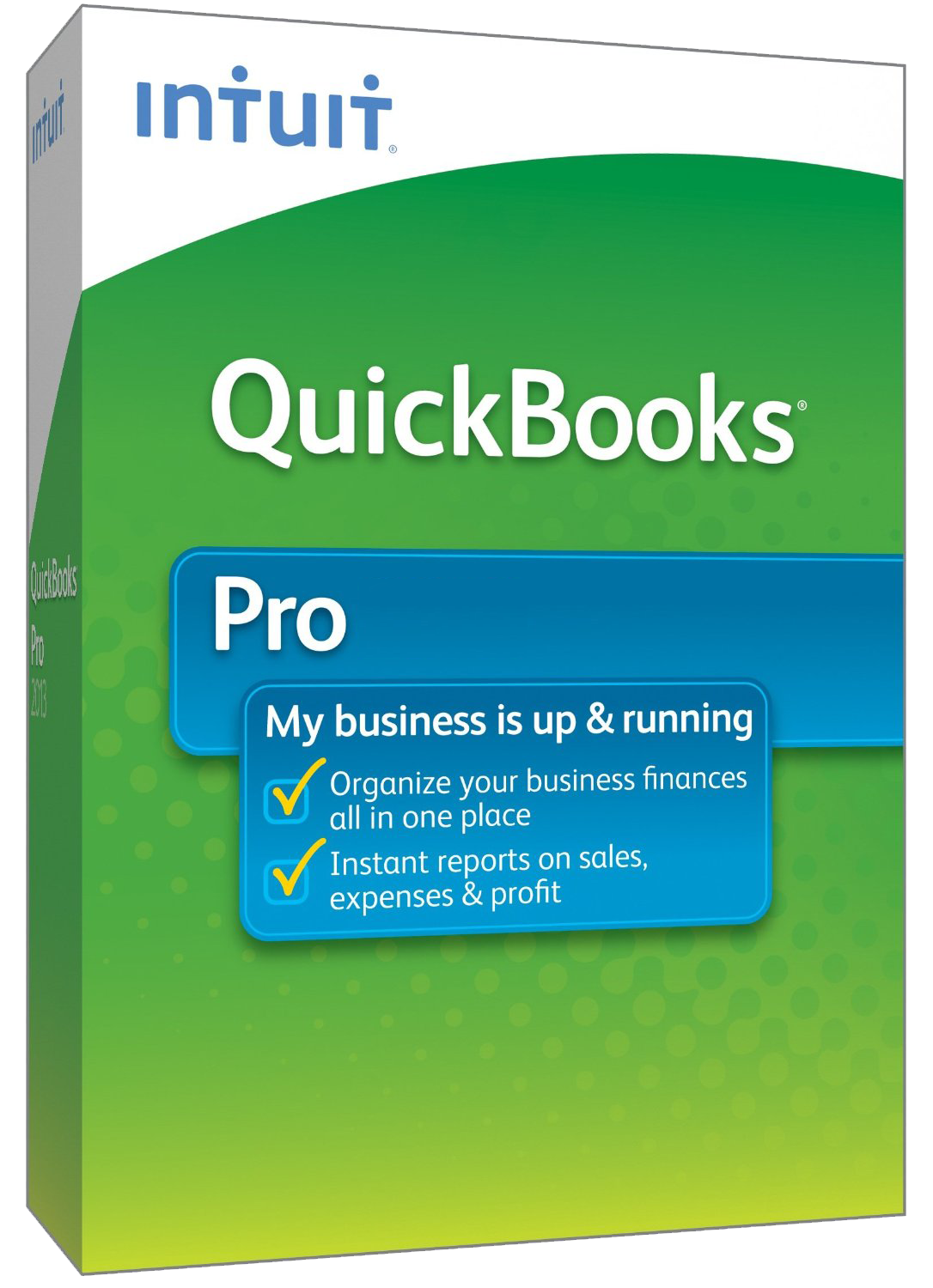
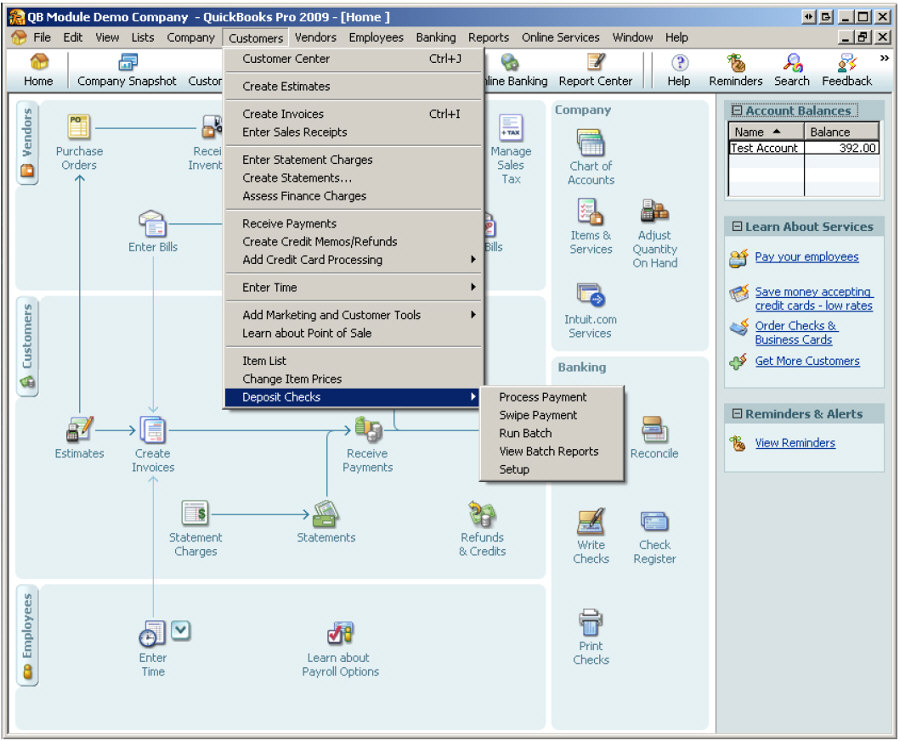
- ~ Automate Account Receivable Collection
- ~ Automate Account Payable Payments
- ~ One-time and Recurring Debits / Credits
Secure QB Plugin payment processing through QuickBooks ® specializes in the origination of moving money electronically.
Ask about our special:
Request for Payments
When dealing with Request For Payment (RfP)
return codes during a banking halt in the "Receiving" phase of funding
transmissions, it's crucial to have a systematic approach to identify,
handle, and clean the message data before syncing it into QuickBooks
Online (QBO). Below are steps and considerations to manage RfP return
codes effectively:
1. Identify and Document RfP Return Codes:
- Create a comprehensive list of RfP
return codes specific to your banking partners. Each return code
should be accompanied by a clear description of the issue.
2. Notification and Analysis:
- Set up immediate notifications for any
RfP return codes received from banks.
- Analyze the return codes promptly to
understand the reasons for the return.
3. Communication with Banks:
- Establish clear communication channels
with banks to quickly resolve issues related to RfP return codes.
- Seek additional information or
clarification from banks if needed to address the return reasons
effectively.
4. Error Resolution Workflow:
- Develop a standardized workflow for
handling RfP return codes. This should include steps for
investigation, correction, and resubmission of transactions.
- Assign responsibilities to team members
involved in resolving return codes.
5. Data Cleaning Process:
- Initiate a data cleaning process to
address issues identified by RfP return codes. This may involve
correcting data entries, updating information, or resolving
discrepancies.
6. Validation Checks:
- Implement validation checks to ensure
that the cleaned data complies with your bank's requirements and QBO
standards.
- Check for completeness, accuracy, and
proper formatting of data elements.
7. Temporary Halt on Syncing:
- Temporarily halt the syncing process
with QBO until all RfP return codes are addressed, and the data is
cleaned.
- This prevents erroneous or incomplete
data from being transferred to QBO.
8. Pre-Sync Review:
- Conduct a pre-sync review to verify that
all RfP return codes have been resolved, and the data is in a clean
and accurate state.
- Ensure that the cleaned data aligns with
the requirements of both your bank and QuickBooks Online.
9. Documentation and Audit Trail:
- Document all actions taken to resolve
RfP return codes, including corrections made to the data.
- Maintain an audit trail to track
changes, providing transparency and accountability in case of future
inquiries.
10. Continuous Improvement:
- Periodically review and update your
processes based on the feedback received from banks and any changes
in industry standards.
- Implement improvements to prevent future
occurrences of similar return codes.
11. Training:
- Train relevant team members on the
proper procedures for handling RfP return codes and cleaning data.
- Ensure that the team is aware of the
importance of data accuracy and compliance with banking and QBO
standards.
By following these steps, you can establish a
robust process for handling Request For Payment return codes during
banking halts, ensuring that data is thoroughly cleaned before syncing
with QuickBooks Online. This approach promotes accuracy, compliance, and
efficiency in your financial transaction workflows.
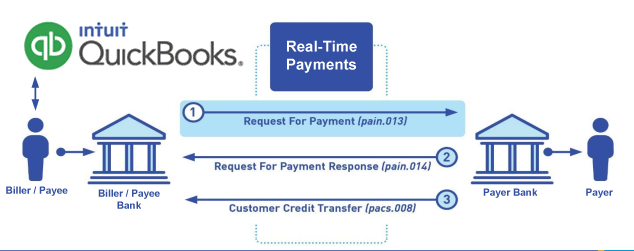
Call us, the .csv and or .xml Request for Payment (RfP) file you need while on your 1st phone call! We guarantee our reports work to your Bank and Credit Union. We were years ahead of competitors recognizing the benefits of RequestForPayment.com. We are not a Bank. Our function as a role as an "Accounting System" in Open Banking with Real-Time Payments to work with Billers to create the Request for Payment to upload the Biller's Bank online platform. U.S. Companies need help to learn the RfP message delivering their bank. Today Payments' ISO 20022 Payment Initiation (PAIN .013) show how to implement Create Real-Time Payments Request for Payment File up front delivering message from the Creditor (Payee) to it's bank. Most banks (FIs) will deliver the message Import and Batch files for their company depositors for both FedNow and Real-Time Payments (RtP). Once uploaded correctly, the Creditor's (Payee's) bank continuing through a "Payment Hub", will be the RtP Hub will be The Clearing House, with messaging to the Debtor's (Payer's) bank.
Our in-house QuickBooks payments experts are standing ready to help you make an informed decision to move your company's payment processing forward.
Pricing with our Request For Payment Professionals
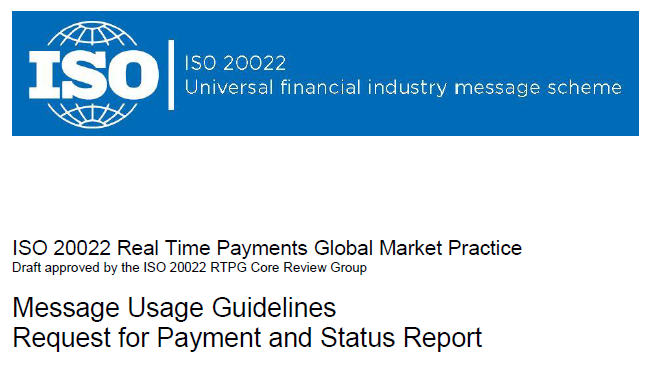
1) Free ISO 20022 Request for Payment File Formats, for FedNow and Real-Time Payments (The Clearing House) .pdf for you manually create "Mandatory" (Mandatory data for completed file) fields, start at page 4, with "yellow" highlighting. $0.0 + No Support
2) We create .csv or .xml formatting using your Bank or Credit Union. Create Multiple Templates. Payer/Customer Routing Transit and Deposit Account Number may be required to import with your bank. You can upload or "key data" into our software for File Creation of "Mandatory" general file.
Fees = $57 monthly, including Support Fees and Batch Fee, Monthly Fee, User Fee, Additional Payment Method on "Hosted Payment Page" (Request for file with an HTML link per transaction to "Hosted Payment Page" with ancillary payment methods of FedNow, RTP, ACH, Cards and many more!) + $.03 per Transaction + 1% percentage on gross dollar file,
3) Payer Routing Transit and Deposit Account Number is NOT required to import with your bank. We add your URI for each separate Payer transaction.
Fees Above 2) plus $29 monthly additional QuickBooks Online "QBO" formatting, and "Hosted Payment Page" and WYSIWYG
4) Above 3) plus Create "Total" (over 600 Mandatory, Conditional & Optional fields of all ISO 20022 Pain .013) Price on quote.
